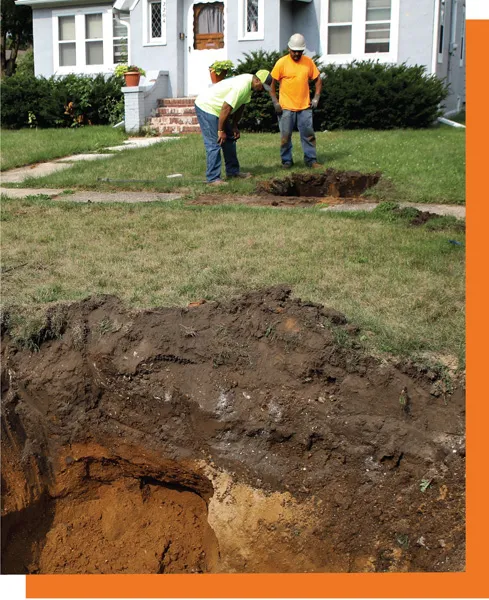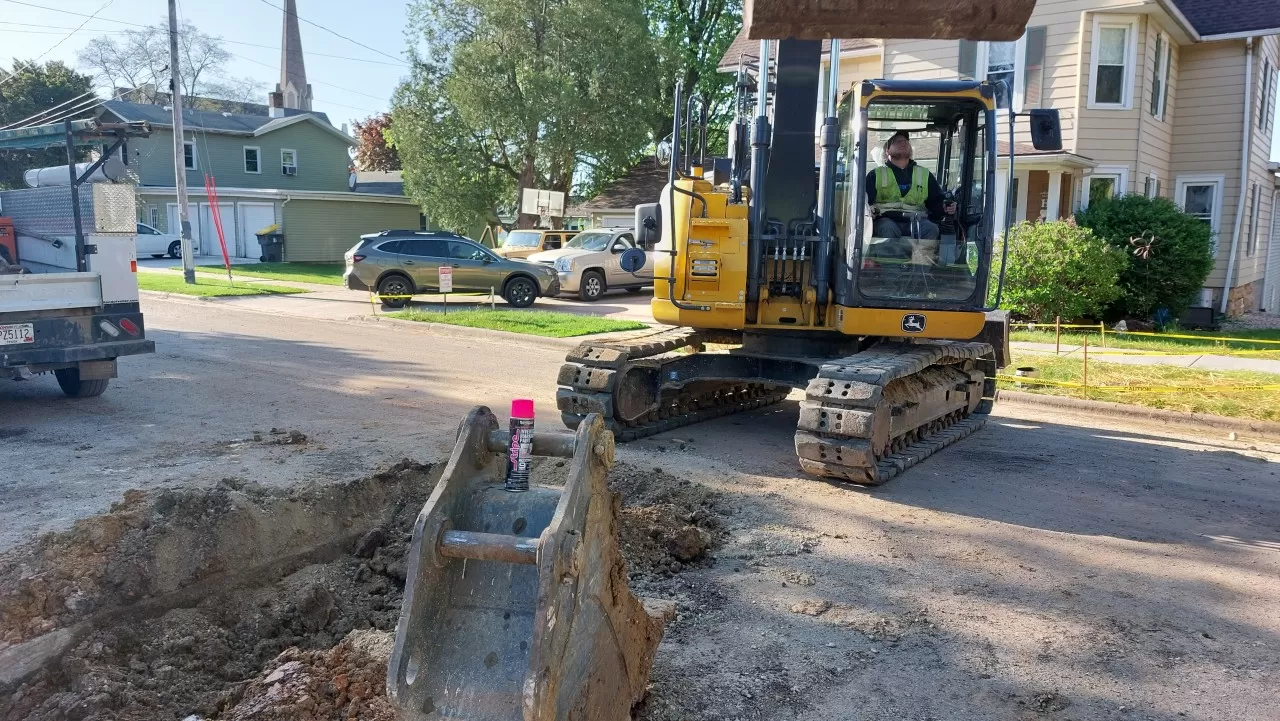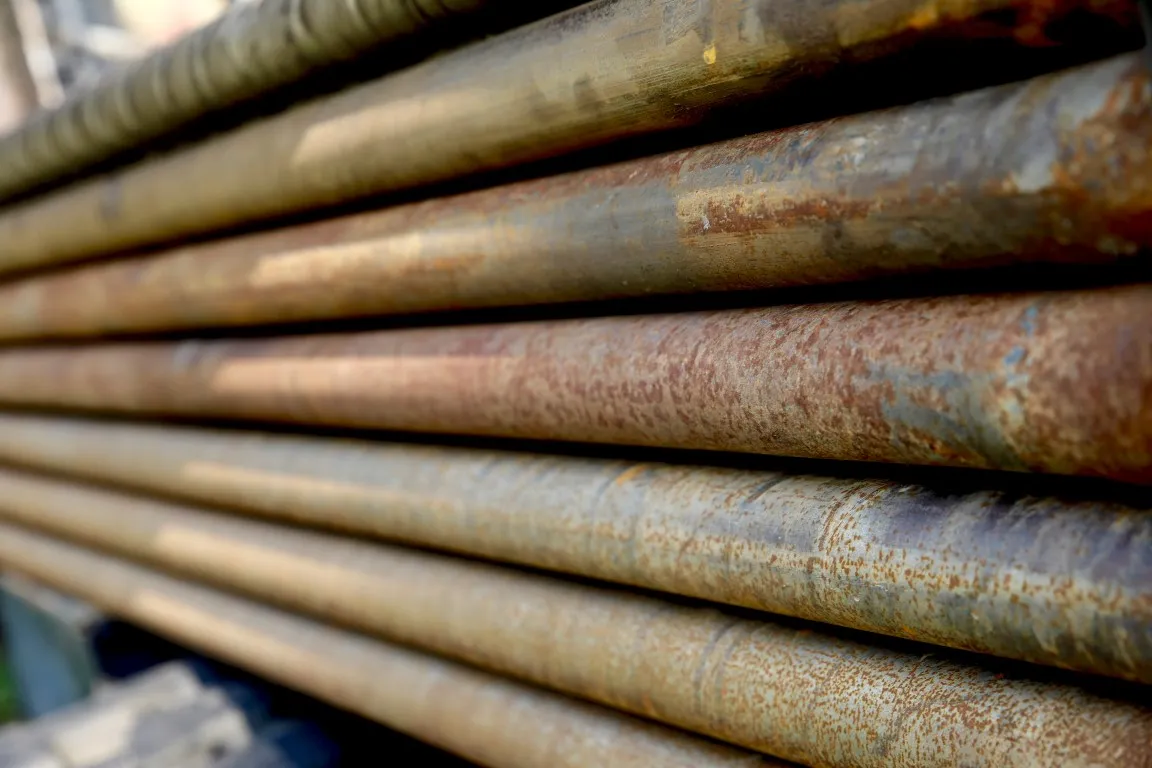
More about lead in drinking water
The Environmental Protection Agency and the Centers for Disease Control and Prevention agree high levels of lead in tap water can have adverse health effects. Taking action to reduce exposure is vital for safety and well-being. Fehr Graham is taking steps to help communities improve outcomes by working with municipalities to find funding, investigate, develop plans and replace lead service pipes to keep water at standards customers expect.

Frequently Asked Questions
What is lead? | What is a lead water service line? | How long has lead in drinking water been an issue? | Who is working to ensure lead in drinking water is reduced? | What changes are being made to reduce lead in drinking water? | What is the lead and copper rule? | What is the process of maintaining water quality? | What actions are being taken at the state and local levels? | Should I be worried? | What options are there for funding lead service line replacements? | Is there funding that applies to all states?
Q: |
What changes are being made to reduce lead in drinking water? |
| A: |
The Biden-Harris administration issued a final rule requiring the replacement of all lead pipes within the next decade to safeguard public health. This new mandate aims to eliminate all lead service lines in the U.S., building on the objectives of the Safe Drinking Water Act, which reduced the maximum allowable lead content. By 2038 the goal is to have all lead service lines replaced or eliminated. Communities can use grants and forgivable loans to accelerate lead service line replacement, and the Safe Drinking Water Act restricts public water systems from performing partial lead service line replacements. Visit your state’s EPA website for more information on lead in drinking water. |
Q: |
What is the lead and copper rule? |
| A: |
The U.S. EPA enacted the lead and copper rule in 1991 to minimize lead and copper levels in drinking water, primarily by reducing the water's corrosivity. In 2020, the U.S. EPA finalized significant revisions to enhance protections, particularly for children in elementary schools and childcare facilities, by focusing on removing lead sources from drinking water and providing communities with information about water quality. On Oct. 8, 2024, the Biden-Harris administration issued a rule requiring the replacement of all lead pipes within the next decade, increasing efforts to eliminate lead exposure from drinking water in the U.S. This ambitious update aims to remove all lead service lines, enhancing the safety and quality of drinking water. The revised Lead and Copper Rule also includes a prohibition against partial lead service line replacements to ensure comprehensive remediation. Each state may have specific requirements, so we recommend visiting your state’s EPA website for details. For more on the federal rule change, read the full EPA announcement here and the Fact Sheet here. |
Q: |
Should I be worried? |
| A: | While lead water service lines are a known risk, there are steps that can be taken to reduce exposure during the time lead service lines are identified and replaced. The EPA recommends regular water testing for homes with known lead services. There are NSF/ANSI 61-compliant filters that reduce particulate matter in drinking water that passes through the filter membrane. For more information, visit the EPA’s lead service line replacement webpage. |
To learn more about how Fehr Graham’s water engineering experts can help you with lead service line replacement, contact us or give us a call at 815.394.4700.
To learn more about how Fehr Graham’s water engineering experts can help you with lead service line replacement, contact us or give us a call at 815.394.4700.






















